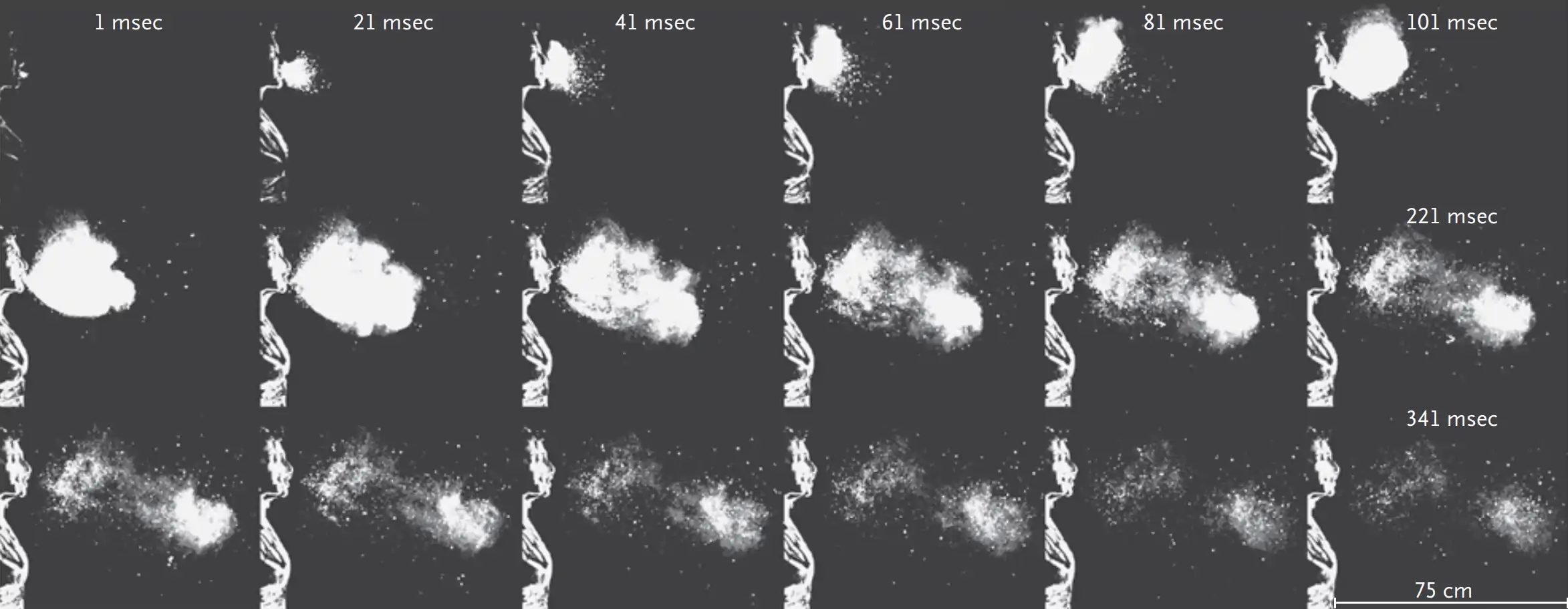Summary
- Scientists from the Massachusetts Institute of Technology and the University of Oxford argue that the six-foot rule is part of oversimplified, overly rigid, and outdated science. (source: Social distancing six feet apart is based on ‘outdated science,’ scientists say)
- Studies show that anywhere from 3 to 26 feet is needed to mitigate aerosolized water droplets, which are microscopic compared to larger sneeze/cough droplets on which the 6 ft. guidance is based on.
- 6 ft. can be too much or too little.
- Social distancing does not appear to achieve any public health objectives.
Details
- Originally proposed in 1897 by Carl Flügge, a German bacteriologist who studied the movement patterns of fluid droplets expelled from the mouth when speaking, coughing, or sneezing.
- Found that visible fluid droplets containing pathogens travel approximately six feet.
- 1940’s bacterium study confirmed this, but it also demonstrated that 10% of people produce droplets that go 9.5 ft.
- 8 of 10 recent studies demonstrate droplets travel > 6ft.
- One study showed an indoor sneeze traveling 20-26 ft.
- Oversimplification of the particle physics is a problem.
- It depends on various factors such as air flow modeling, temperature, viral survival, required critical viral load to cause infection, the type of virus, etc.
- 3 ft or 6 ft. may not be enough in some conditions, which is unsafe.
- In other cases, 6 ft. may be excessive and simply harmful to social, commercial, or other safety objectives.
- Distancing is in itself not a perfect solution by itself unless is it strict enough to be considered a quarantine.
- Note: Quarantines involve isolated a sick person. Lockdowns include everyone (the healthy). Social distancing is a hybrid strategy that is between unrestricted contact and quarantines/total lockdowns.
- Lockdowns have similarly proven to be ineffective.
- Also, older studies were all based on “large droplets”.
- Critical viral loads are carried by aerosolized respiratory droplets which cannot be seen by the naked eye.
- Spread of aerosolized droplets depends on many more things (talking vs. sneezing).
- Air currents greatly affect aerosols.
- Aerosols can remain in the air for up to 16 hrs.
- There is not a one-size-fits-all number for social distancing.
- There are too many factors to make it practical for social regulation.
- It is not effective enough to be considered protection.
- It might be best to quarantine sick people instead.
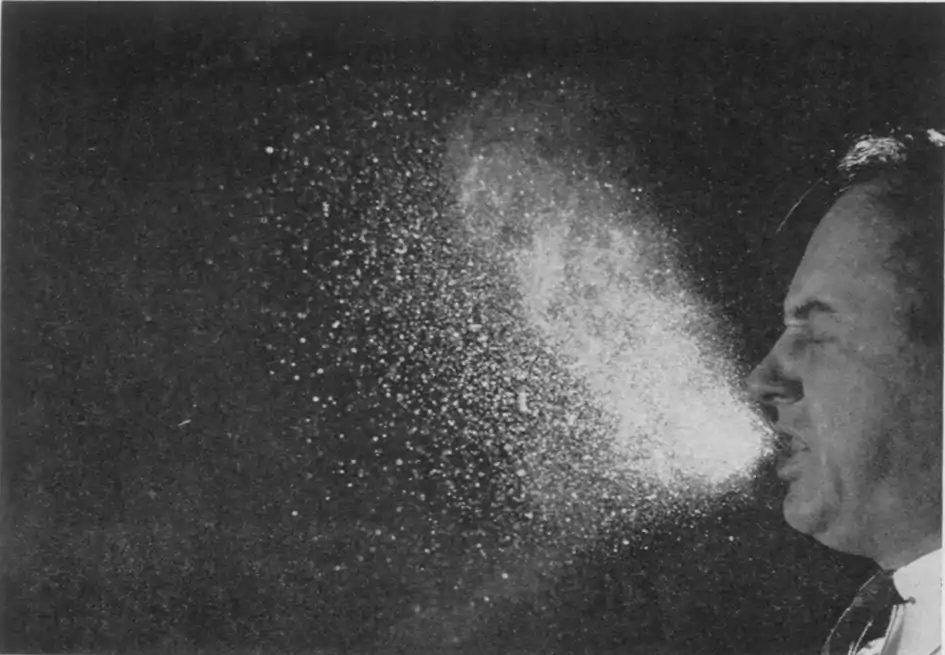
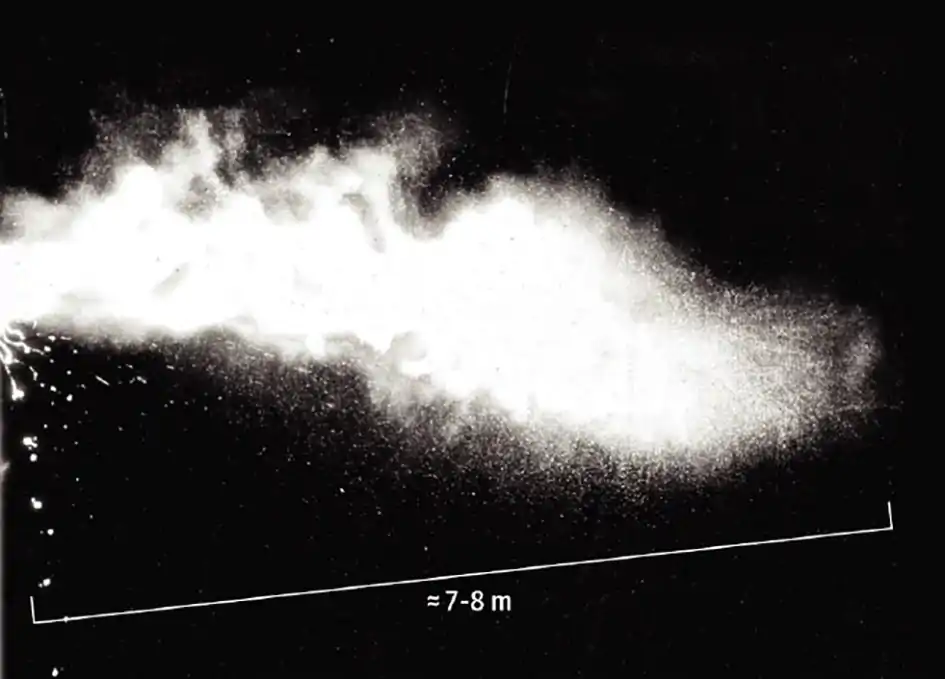
Most older studies focus on large droplets but viruses spread mostly by aerosolized respiratory droplets.
Social Distancing articles
| 50276 | Anatomy of the Hong Kong Covid Lockdown Disaster | |
| 49934 | 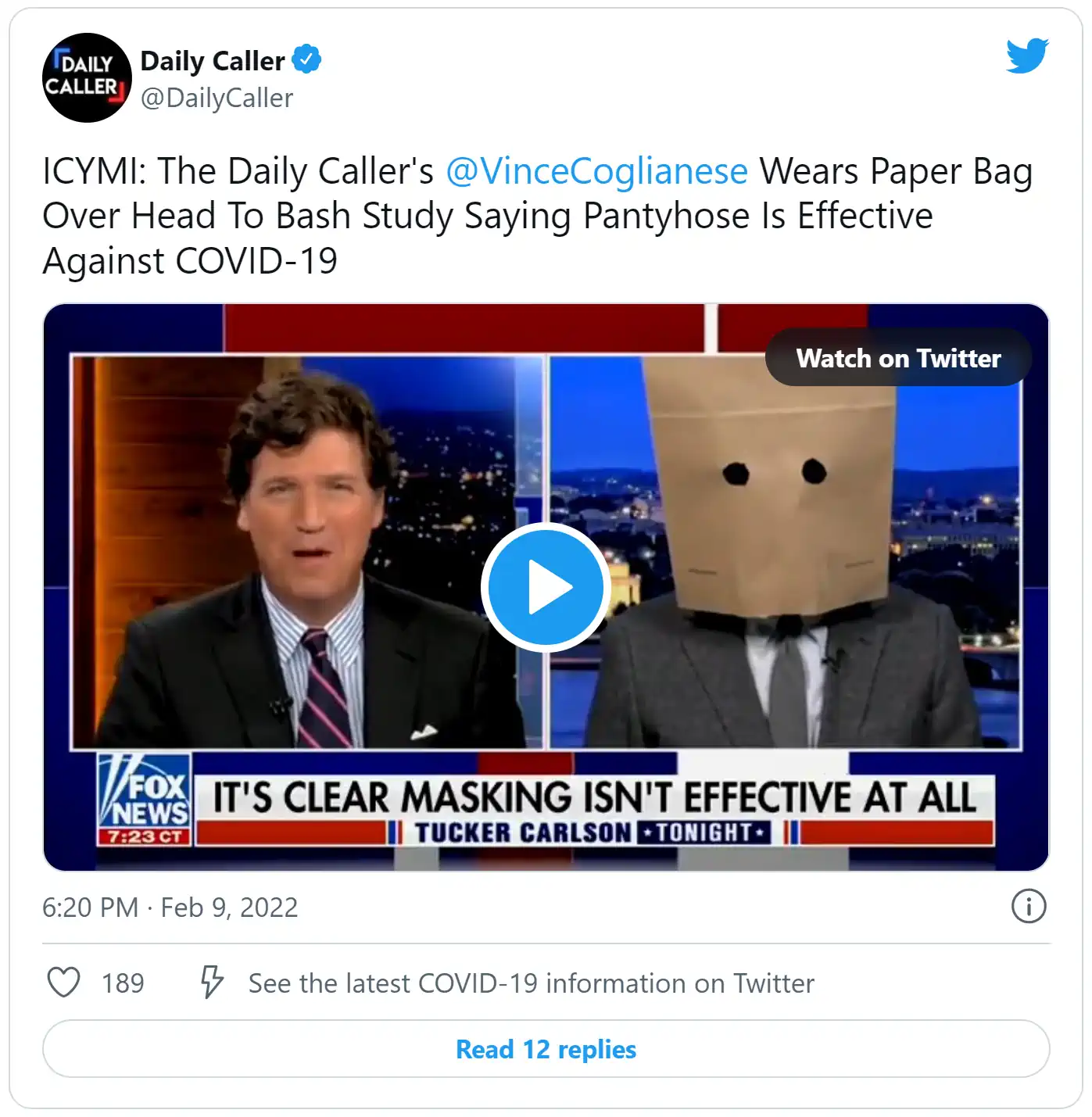 March 12, 2022
March 12, 2022
|
Vaccines, Masks, Staying At Home Did Not Make A Major Difference In COVID Case Rates, NYT Says |
| 49837 | 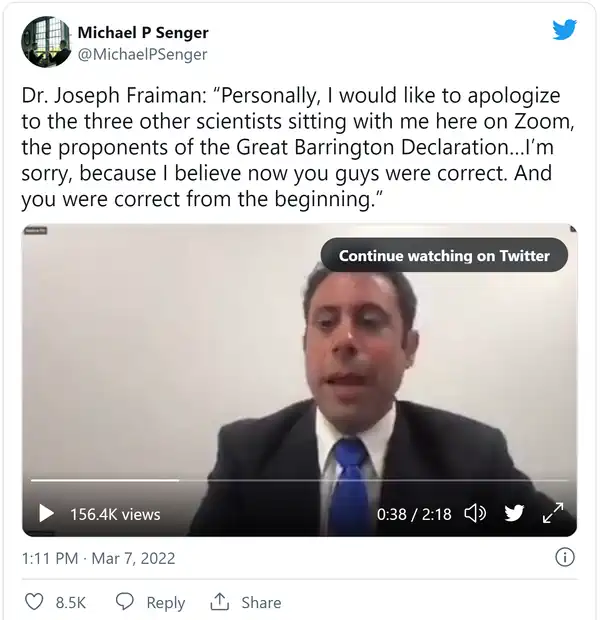 March 7, 2022
March 7, 2022
|
Remarkable admission from top doctor… ‘I was wrong, we were all wrong’… |
| 48567 | January 30, 2022 | Denmark Is First EU Country To Scrap All COVID Restrictions |
| 48256 | 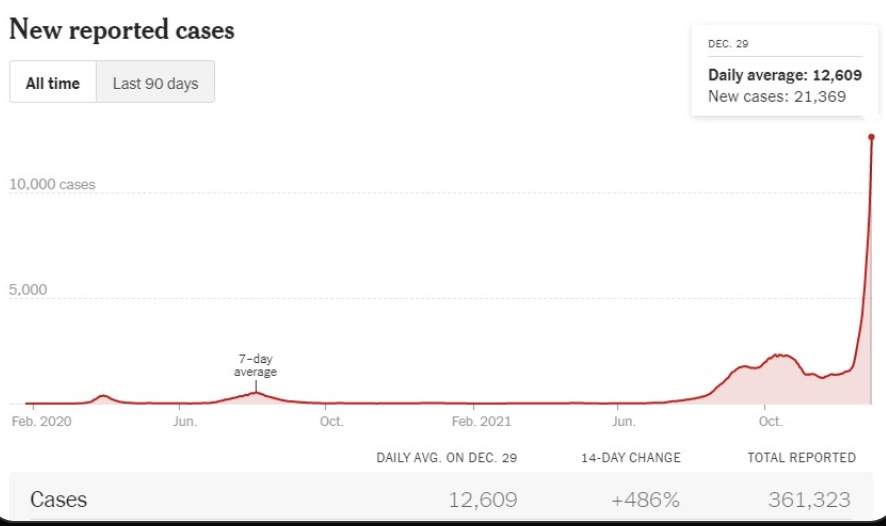 January 1, 2022
January 1, 2022
|
Australia finds out the hard way…Vaccines don’t stop Omicron (Antibody Dependent Enhancement) |
| 44787 |  November 28, 2021
November 28, 2021
|
Pam Popper on Parallels with Nazi Germany |
| 42082 |  November 4, 2021
November 4, 2021
|
Archbishop Vigano – Agenda 2030 The Gates of Hell |
| 41625 |  November 1, 2021
November 1, 2021
|
MONOPOLY – Who owns the world? Documentary by Tim Gielen |
| 41175 | October 28, 2021 | 1,000 Private Jets Assemble to Execute The Great Reset |
| 34482 | 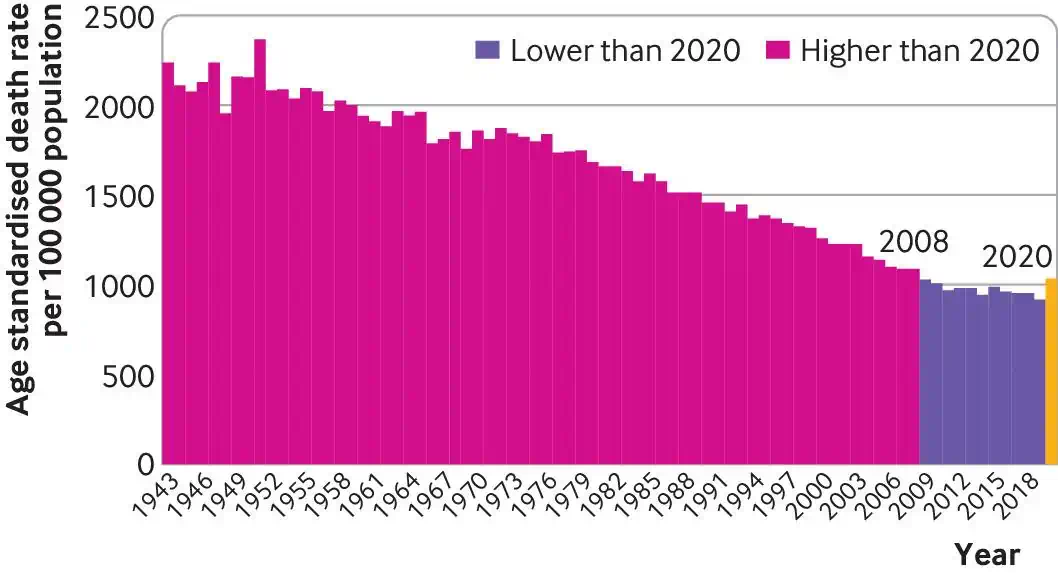 September 28, 2021
September 28, 2021
|
30 facts you NEED to know: Your Covid Cribsheet |


